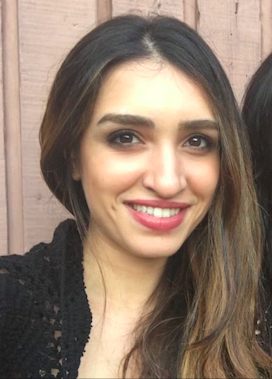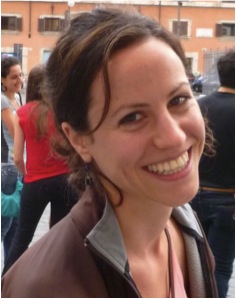
Mehrnoosh Sameki
sameki@bu.edu

Danna Gurari
danna.gurari@ischool.utexas.edu
Social media platforms have been criticized for promoting false information during the 2016 U.S. presidential election campaign. Our work is motivated by the idea that a platform could reduce the circulation of false information if it could estimate whether its users are vulnerable to believing political claims. We here explore whether such a vulnerability could be measured in a crowdsourcing setting. We propose Crowd-O-Meter, a framework that automatically predicts if a crowd worker will be consistent in his/her beliefs about political claims; i.e., consistently believes the claims are true or consistently believes the claims are not true. Crowd-O-Meter is a user-centered approach which interprets a combination of cues characterizing the user's implicit and explicit opinion bias. Experiments on 580 quotes from PolitiFact's fact checking corpus of 2016 U.S. presidential candidates show that Crowd-O-Meter is precise and accurate for two news modalities: text and video. Our analysis also reveals which are the most informative cues of a person's vulnerability.
M. Sameki, T. Zhang, L. Ding, M. Betke, and D. Gurari. "Crowd-O-Meter: Predicting if a Person is Vulnerable to Believe Political Claims", Proceedings of the AAAI Conference on Human Computation and Crowdsourcing (HCOMP), 2017.
Truth-O-Meter Dataset: Ground truth validity ratings for 680 quotes from Donald Trump and Hillary Clinton (extracted from PolitiFact).
Implicit behavioral traces of crowd workers.
Explicit behavioral traces of crowd workers.
Implicit and Explicit behavioral traces of crowd workers.
We like to thank the Rafik B. Hariri Institute for Computing and Computational Science and Engineering at Boston University for supporting this research and the crowdsourced workers for participating in our experiments.
For questions and/or comments, feel free to contact: